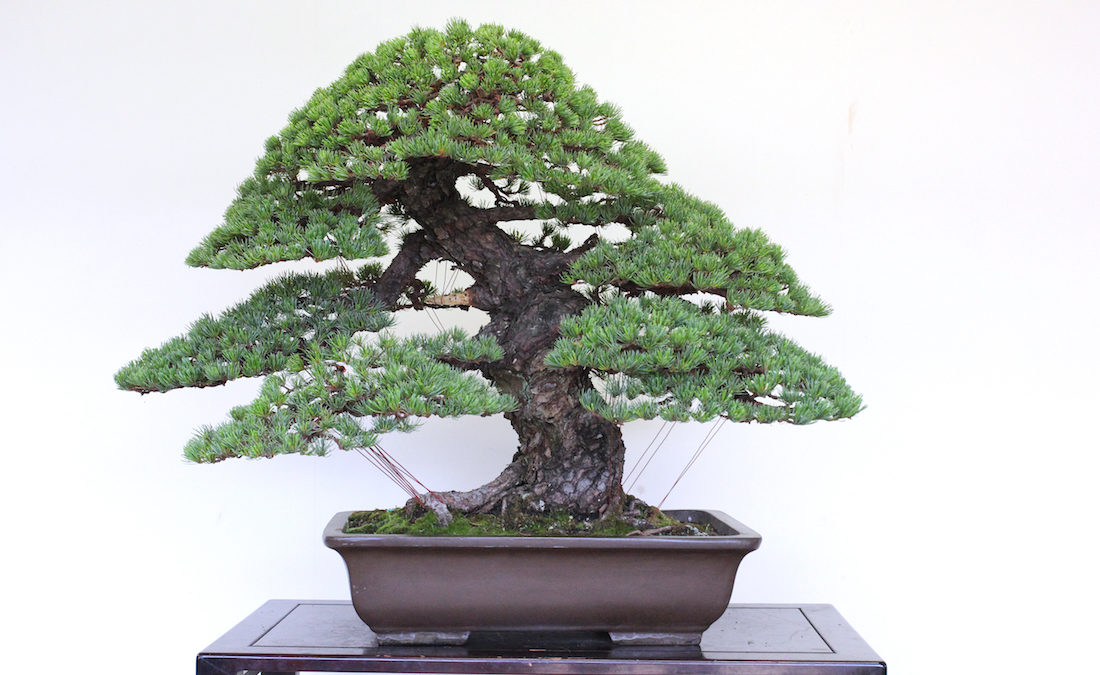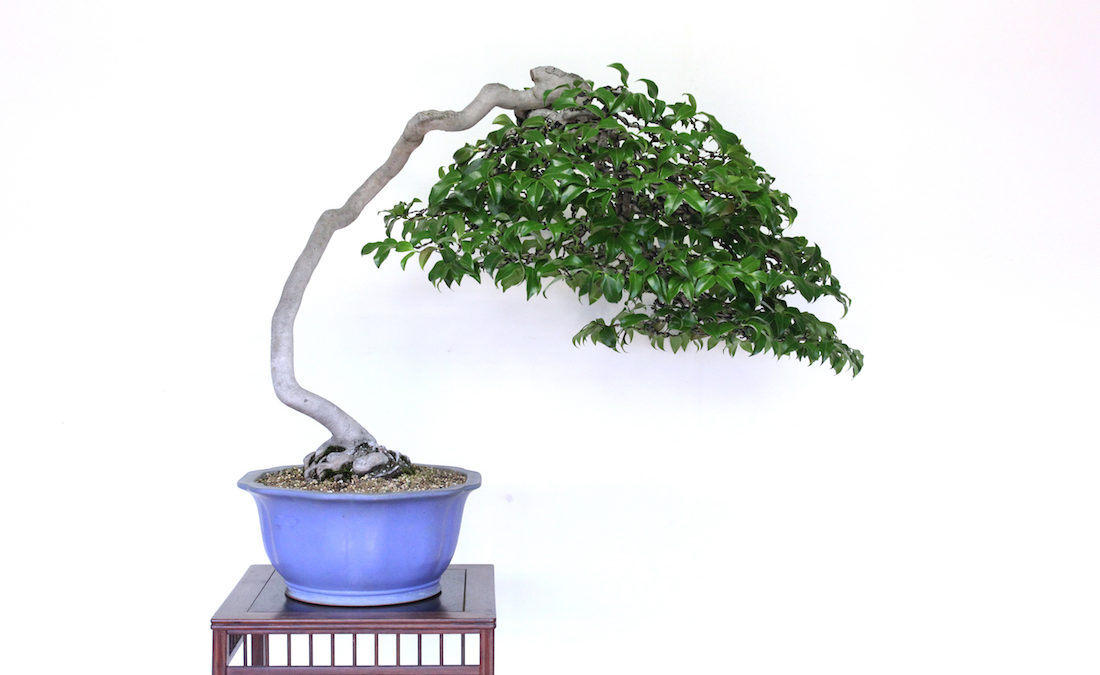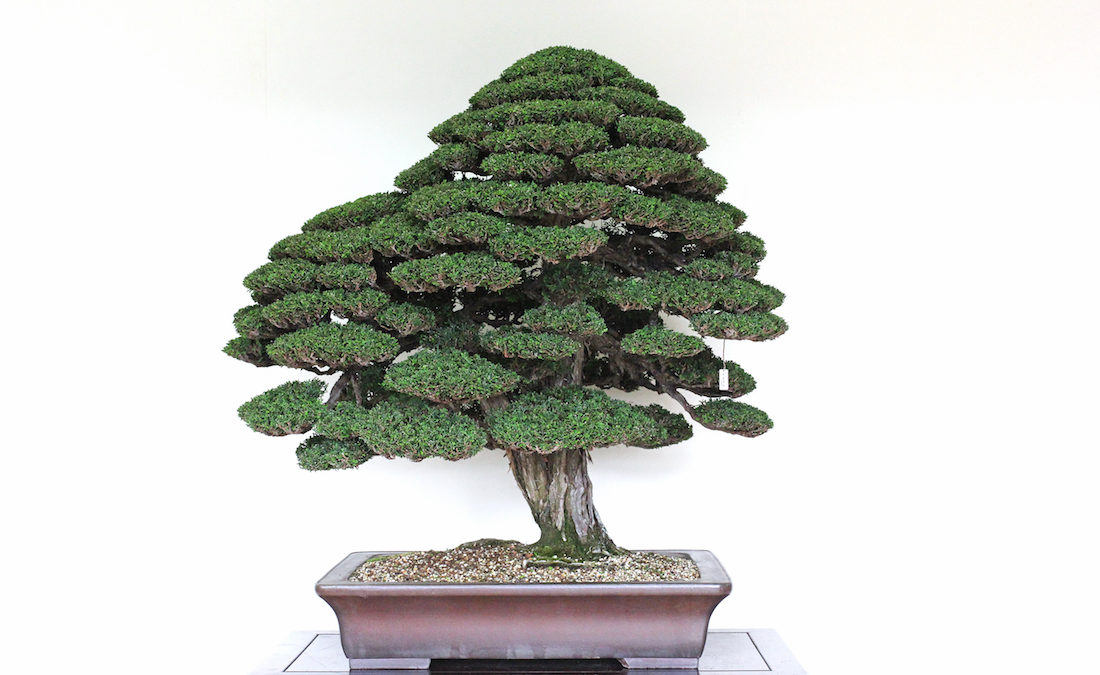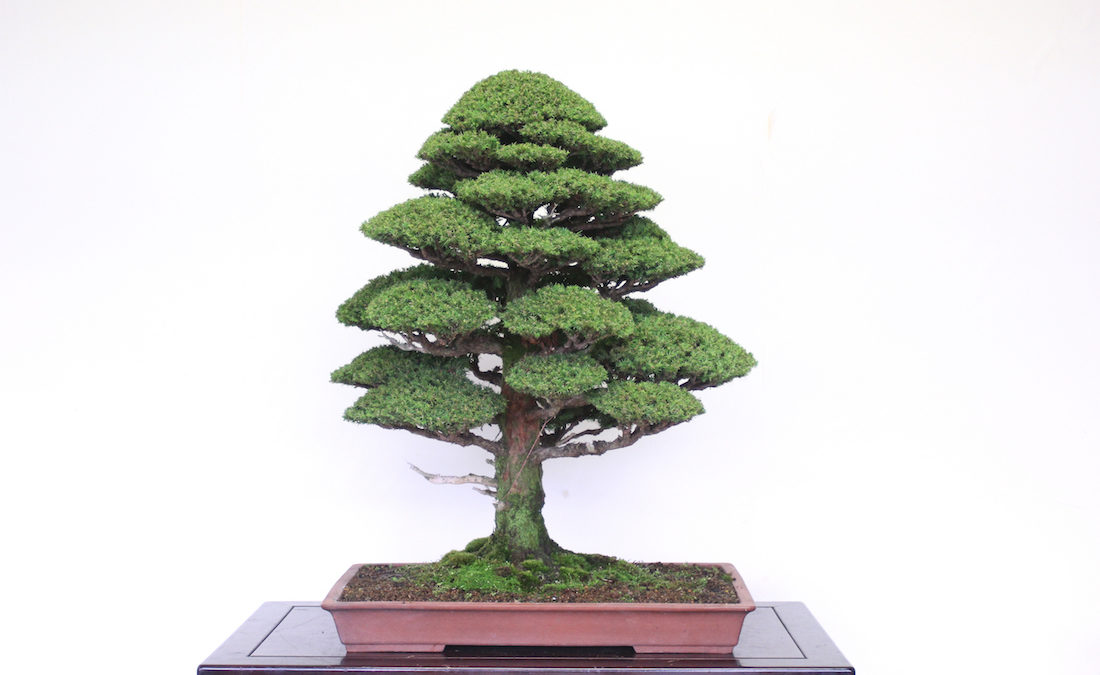Bonsai Trees: An Introductory Guide to Growing and Looking After Your Own
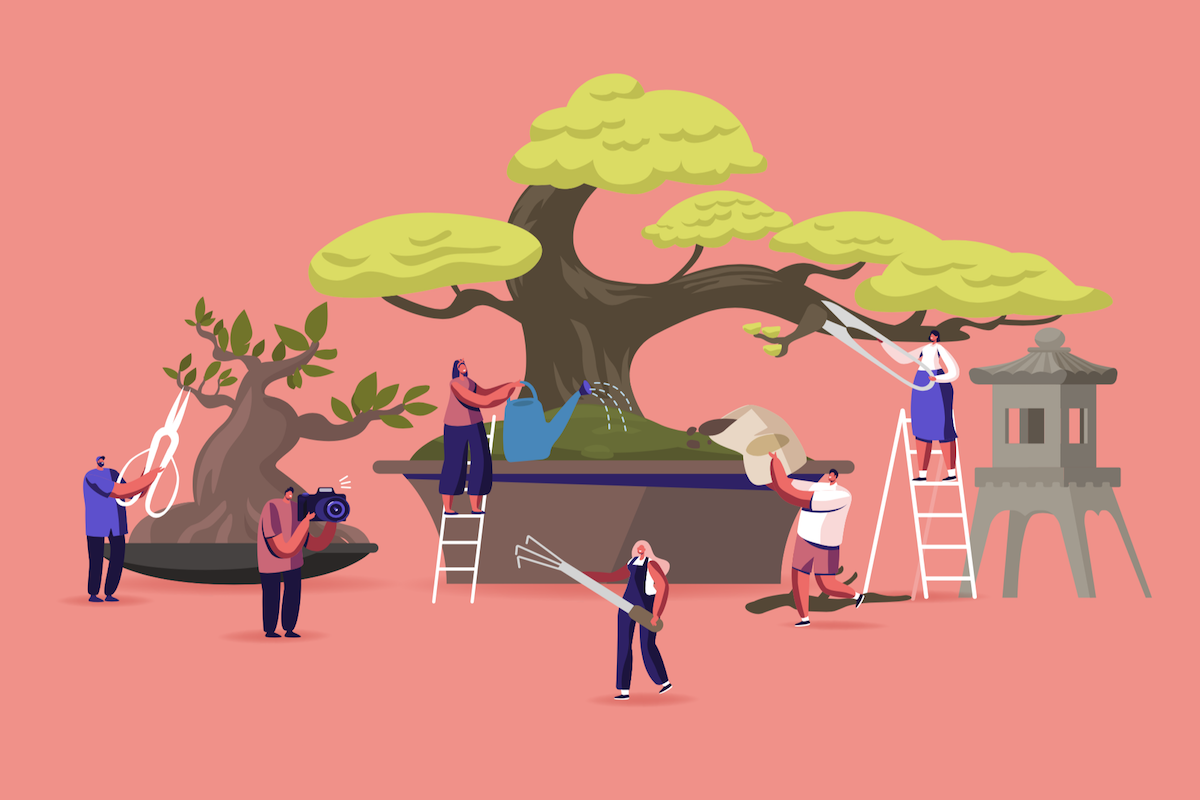
If you’re anything like me, working from home within the same four walls has got me craving two things: first, to be surrounded by greenery; second, to cultivate a hobby that takes my brain far away from my workspace because, physically, that’s rather tricky. Both of these desires have been fulfilled by a bonsai tree.
Unlike my husband, who bought it for me, I am not a talented gardener. I have whatever the opposite of a green finger is. In the past, I have killed a cactus.
So being given a bonsai tree, a plant that’s a challenge for even the most seasoned horticulturist, has been daunting, but ultimately incredibly rewarding. Teaching myself to prune its leaves into a shape, learning when and how to properly water it and seeing it thrive have been welcome distractions from the inescapability of the daily grind right now – and what a beautiful result when that time and effort pays off (on that feels even bigger given its small, delicate nature).
That said, I stress that I am by no means an expert – I have almost repeated the cactus a couple of times and been greeted with a rather crispy looking bonsai when the weather has changed or I’ve forgotten to give it a spritz. So in order to both spread the gospel of tiny Japanese trees and to get some insider tips myself, I contacted bonsai expert Kaya Mooney (who you can find on instagram at @moonlightbonsai).
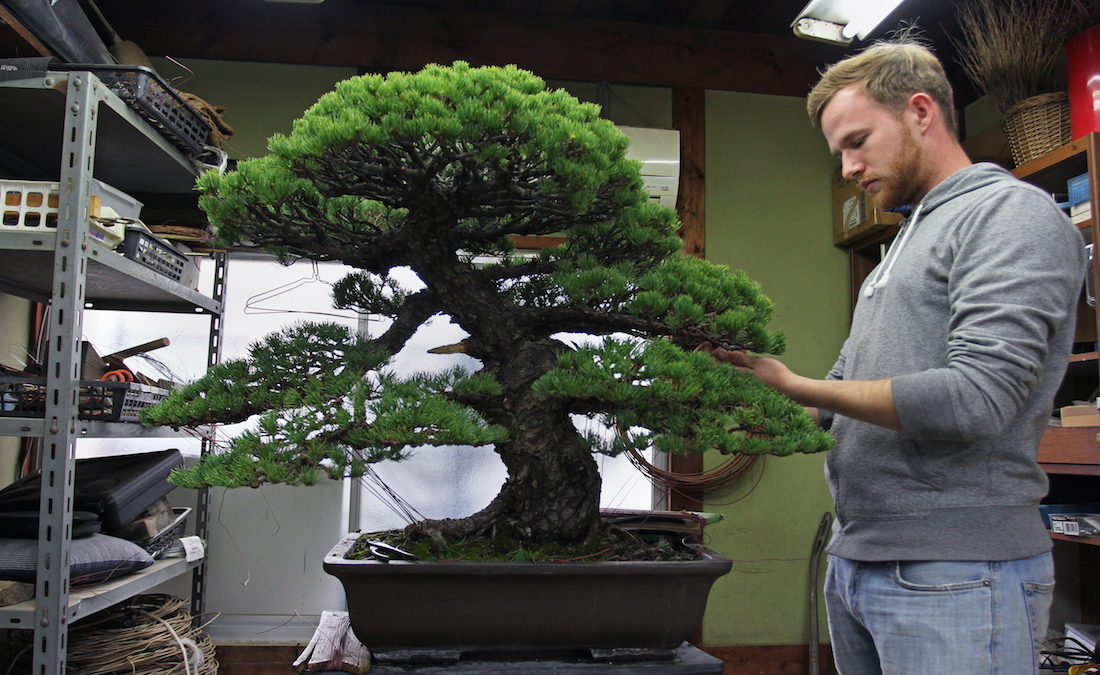
Having grown up in South Florida, USA, Mooney got into the bonsai scene via his grandfather who owned an antique store and was particularly fond of Japanese and Chinese art. When he was nine, his grandfather brought home a collection of bonsai books he’d found at a local market; and his love affair with these intricate plants started. Fast forward to today and you’ll find him, now aged 23, studying and working at the prestigious Fujikawa Koukaen Bonsai Nursery based just outside of Osaka, Japan.
Read his advice about starting out with bonsai trees, and the essential tips he’d have for any beginner below.
What would be your best piece of advice for someone who wants to get their first bonsai tree?
My first advice when buying a bonsai or generally becoming interested in the idea of it would be to buy any regular non bonsai plant first. If you can’t keep a regular plant healthy, happy and tend to its ever changing daily needs a bonsai will only prove to be more difficult.
Do you need any specialist equipment to care for bonsai trees?
The equipment does change partially based on the type of tree but generally speaking basic equipment would be scissors, tweezers, wire cutters, concave cutters (used for cutting larger branches) and pliers. This is assuming the tree is already arranged in a ceramic pot with soil.
What type of bonsai tree should you get when you’re starting out?
The best type of bonsai tree to start with is one which grows easily in your climate. There is quite a vast difference between trees that would thrive in, say, Russia to those in Thailand. I would recommend contacting a local professional, bonsai nursery or garden centre in your area and see what they carry.
Should bonsai trees be kept indoor or outdoors?
Outside in an open space is always ideal for a bonsai tree, but, of course, there are many people who would like to try it out who don’t have this space. Porches, rooftops and even fire escapes can be acceptable with enough light. There are some species, typically tropical varieties which will do fairly well indoors. If kept indoors it is typically recommended to keep it near a south facing window to maximise sunlight.
How often should you water one?
Watering should be checked on a daily basis if your bonsai is kept in a warm sunny area. Generally when the top 3 to 4cm of soil dries out the tree is ready to be watered. Watering until you can see water drain from the bottom of the pot is best practice as this helps refresh the oxygen in the roots.
How do you start shaping your bonsai?
Typically strong growth is trimmed away in favour of fine growth in bonsai. This helps reflect the image of a large mature tree but on a smaller scale. When the tree is healthy and growing strong is a good time to trim. We usually aim for slightly rounded yet triangular pad shapes with most bonsai when trimming shape into them.
Do you need to repot them?
Yes, generally speaking a healthy bonsai tree should be repotted every two to three years. If left untouched it can become unhealthy and overtime weaken.



